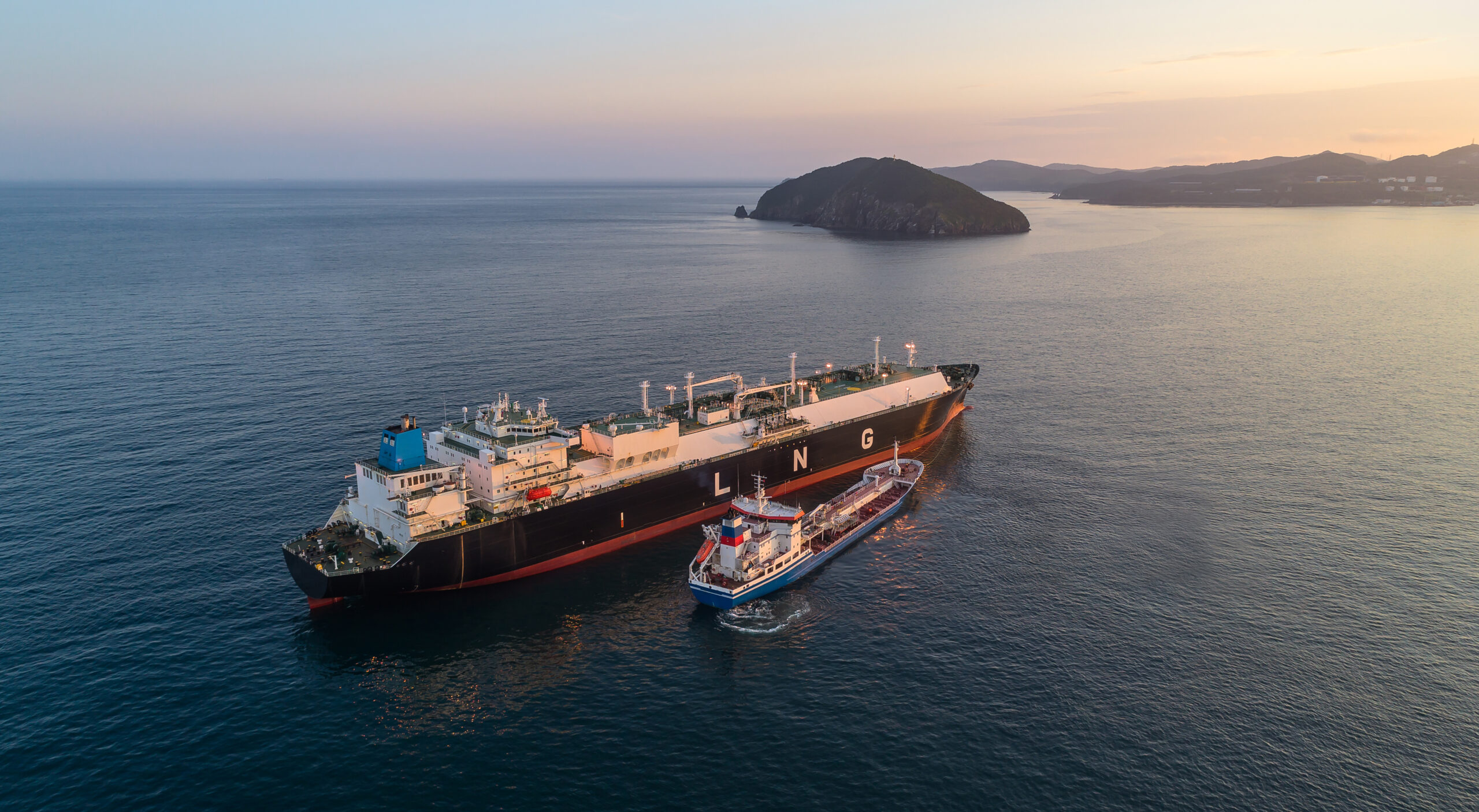“You could steer a supertanker through the gap between the bull & bear case”
Global gas industry attention shifted to Milan last week for the annual GasTech conference. This is always a good opportunity to ‘take the pulse’ of the market and key commercial focus areas.
We met with a broad range of energy companies & investors at our stand and have distilled those discussions down to 5 key takeaways on current market & commercial focus areas.
1. Prominence of US LNG exporters
There was an impressive US presence at GasTech this year led by U.S. Energy Secretary Chris Wright & Secretary of the Interior Doug Burnum. They reiterated the US target to double LNG export capacity by 2030 (vs projects currently under-construction).
A raft of US LNG exporters were doing their best to turn these lofty political aspirations into reality, with aggressive marketing of US supply volumes. They are benefiting from clear tail winds from tariffs and support for LNG as a tool in trade negotiations.
Exporter competition is driving cost reductions, but also a more open menu of options on price indexation (e.g. TTF / JKM) & contract flexibility. Asian & European buyers are continuing to sign US volumes, but given they bear the lion’s share of price risk, they are acutely aware of the potential impact of market regime shift.
2. Calm before the supply storm
In the context of the last 5 years, LNG market conditions in 2025 have been relatively benign. But there is a clear focus across GasTech on the impact of a sharp ramp up in new supply across 2026-27.
We illustrate the scale of market regime shift via an illustrative scenario animation of LNG market supply & demand curve evolution from our global gas market model in Chart 1.
There is little debate about the scale of gas supply growth. However there are strongly divergent views on how supply will impact the market and what the commercial implications may be.
Dispersion of market views by definition underpins value creation opportunities… and dispersion of views on demand was there in spades at GasTech.
3. What price clears the market?
A key source of uncertainty and difference of opinion is the way demand will behave in response to lower prices.
You could steer a supertanker through the gap between the bull & bear case. The optimistic view is that major demand response will already kick in around 9-10 $/mmbtu. The bears see 200 mtpa of new supply at least temporarily crushing prices to induce US cargo cancellation response (at 5-6 $/mmbtu).
The smart money in the LNG market is more focused on the profile of recovery than trying to pick the bottom in price levels. There is still a strong requirement to buy LNG supply into the 2030s. Price recovery profile, spreads & volatility conditions are key drivers of contract NPVs.
As well as a strong presence of Asian buyers, European utilities continue to undergo major restructuring of their portfolios as they replace Russian gas volumes with LNG.
4. Managing & mitigating risk
One of the clear commercial implications of market uncertainty is a focus on strategies for mitigating downside price risk. This includes for example the signing of secondary deals (e.g. Asian sales contracts & netback indexed upstream supply) to manage structural portfolio length and hub exposures (particularly for derisking across the next 5 years).
European market access via regas capacity also remains a focus. Physical access to European hub liquidity is an important risk management tool for portfolio players, particularly with Atlantic focused supply. This is especially the case as Asian sales are becoming more competitive to originate. However the viability of regas varies significantly by portfolio & location / cost structure.
5. Extrinsic value focus increasing
There is a broad market anticipation of the fact that the looming supply wave will erode intrinsic margins within LNG portfolios. This increases the importance of extrinsic value, both in individual deals (e.g. via flex options such as UQT/DQT and cancellation) and across portfolios (e.g. via the interaction between shipping logistics & supply flex).
European midstream asset value is also shifting with market conditions. The increasing influence of LNG in the European supply mix is eroding structural intrinsic value (e.g. from seasonal price shape). LNG is also less responsive in a horizon 4 – 6 weeks ahead of delivery. This is acting to magnify prompt extrinsic value capture of storage & pipeline assets, reshaping risk / return profiles for asset owners & investors.
We’ll be returning to some of these 5 themes when we present at LNG 2026 in Doha next February.
If you would like more details on our gas market analysis of quarterly subscription service feel free to contact our Gas & LNG Director David Duncan (david.duncan@timera-energy.com).
___________________________________________________________________
Join our webinar: “Sailing the supply wave: LNG shipping outlook & portfolio implications ”
Time: 09:00 BST (10:00 CET) Tue 21st Oct
- Spot freight in the doldrums: unpacking today’s low charter rates
- Next supply wave meets Asia growth: how this reshapes vessel demand
- Freight & price spreads: the feedback loop with LNG market value
- Strategic angles: vessel investment and portfolio positioning
- Risks on the horizon: emission & policy developments to watch
Please register here

